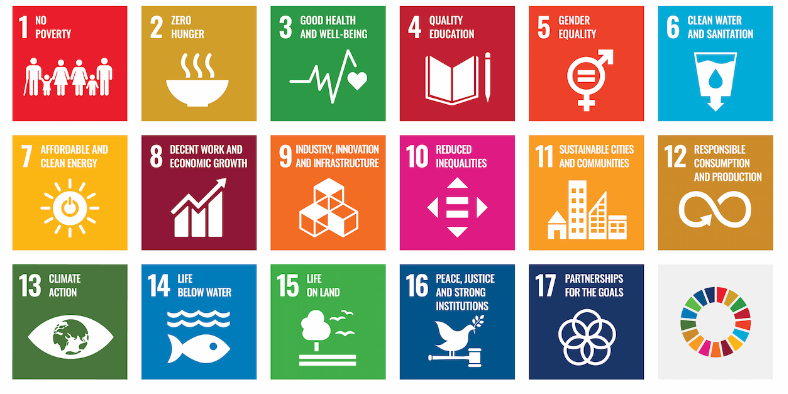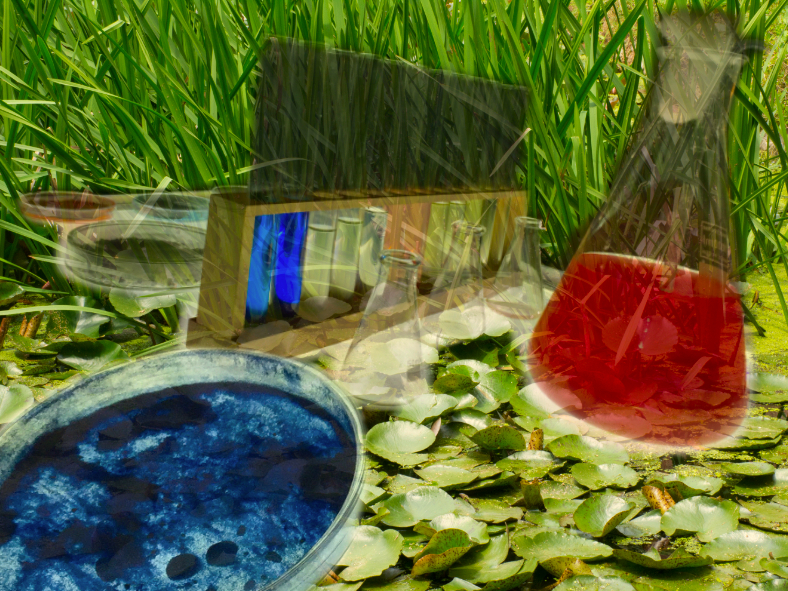A difficult but essential path to undertake
Sustainability is one of the most widely used words currently in the ethical, social, productive and commercial fields. There is no trend nowadays that somehow don’t embrace this concept. However, the risk of encountering the phenomenon of greenwashing is very high: making the final consumer believe that any product defined as “sustainable” is “green“, that is, respectful for man and the environment, is a mostly commercial practice that does not always correspond to reality.
Greenwashing (a compound word modelled on “whitewash”), also called “green sheen”, is a form of marketing spin in which green PR (green values) and green marketing are deceptively used to persuade the public that an organization’s products, aims and policies are environmentally friendly.
source: https://en.wikipedia.org/wiki/Greenwashing
The topic is clearly complex and articulated, because in addition to sustainability, the idea of pursuing the path of circularity is becoming increasingly pronounced.
COLOR, SUSTAINABILITY AND CIRCULARITY
In an epochal phase, which concerns the entire planet EARTH, where everything seems emotionally, socially, economically unsustainable, a change of course is clearly necessary.
Specifically, we think of products that are classified as sustainable. They often have a series of certificates in which the merits of respect for the environment are raised.
Can they really be defined as 100% sustainable products?
To analyze the “level” of sustainability of a product, particularly in the world of Fashion, the entire production process and beyond should be checked. From the procurement of raw materials to the sale and disposal of clothes, when their cycle is finished of life.
Most of the certifications, however, end with a check up to the sales stage, later if the used clothing is not recyclable, it automatically becomes waste destined for incinerators.
Being sustainable in all phases of the creation of a fashion product, represents the real challenge for a truly green future. Circularity, on the other hand, represents the decisive turning point in moving from the old to the new fashion system. Let’s not forget, however, that in addition to the environmental impact, there are other equally important values to be evaluated, such as the health and working conditions of those involved in the entire supply chain.
Are the colors of our clothes sustainable?
Unfortunately, the answer is not very comforting. The chemically obtained colors are extraordinary, but Fast Fashion and production in far countries, with a system of laws that are not very restrictive in terms of environmental safety, have certainly not contributed to a sustainable development of the textile dyeing process.
Fast fashion is a term used to describe a highly profitable business model based on replicating catwalk trends and high-fashion designs, and mass-producing them at low cost. The term fast fashion is also used to generically describe the products of the fast fashion business model.
source: https://en.wikipedia.org/wiki/Fast_fashion
The dyeing requires large quantities of water and produces a fair amount of elements harmful to humans and the environment. If partial recovery of the water used and proper disposal of dye residues are not carried out, it is evident that not only a waste of resources is incurred but also a very harmful impact on the environment.
Just think of the rivers that are colored with variegated hues, due to the non-disposal of waste water from the dyeing activities. In many countries there are regulations to limit the devastating effects, but in many others, unfortunately, there is still a lot to do.
We certainly can’t think of suddenly eliminating color from our clothes!
… perhaps causing the closure of important activities for the production chain of the fashion system. After all, we have important goals to achieve in the coming years and new solutions are being studied:
⇒ 2030, first appointment and Sustainable Development
⇒ 2050, second appointment and action for the climate with zero impact.
The 2030 Agenda is a plan of action for people, planet and prosperity. It also seeks to strengthen universal peace in larger freedom. (…)The 17 Sustainable Development Goals and 169 targets which we are announcing today demonstrate the scale and ambition of this new universal Agenda.

source:https://sdgs.un.org/2030agenda
TRANSITION AND COLORS
We live in the transition phase, finally there are important news also for color.
Making sustainable what is not, requires large investments in terms of research, innovative technologies, technical training and above all a new way of conceiving and making color. If we think about sustainable colors, dyes made from natural pigments and dyes will probably come to mind.
However, everything that is natural is not automatically sustainable as well.
Natural dyeing requires the use of resources extracted from the surrounding environment. The procurement of huge quantities of natural dyes, essential to satisfy a global demand, would probably have important consequences on the environment and on humans, such as the use of quantities of water to cultivate dyeing plants and the conquest of arable land for this purpose.
Basically, to dye yarns and fabrics we mainly need:
raw materials, energy, water and finishing products.
The natural dyeing process probably has a lower impact on the environment in terms of polluting residues.
But is it completely sustainable?
Partially it is, especially if we consider the benefits related to human health and the absence of harmful substances in dyes. With a view to a broader and farsighted vision, each phase to obtain natural dyes should follow its virtuous path in terms of reducing waste and recovering everything that can be reused in the production chain.
Reduce, Reuse, Recycle
It is a sort of mantra, which is often heard, especially when dealing with the issue of circularity, therefore any waste is to be considered a resource and waste is banned.
When science and creativity come together, wonderful technologies are born such as that of dyeing fabrics through the use of bacteria. An innovative way of conceiving and making color that imitates nature, exploiting its DNA, without polluting toxic residues and with a controlled use of resources. A world of color to be explored and discovered. There is a lot of excitement around this new technology that is very fascinating and that we will have the opportunity to explore in the future.
In the meantime, how can we achieve sustainable colors?
There are some tricks, understood as “adjustments” in this transition phase. The reuse of water used for dyeing activities, the use of energy deriving from renewable sources, the correct disposal of dye residues and finishing products, the implementation of new technologies, are just a few examples. Of course, synthetic colors will not disappear, but if with their production we can also limit their environmental impact, we must necessarily move in this direction, thus exploring new solutions.
MORE INFORMATION
Before 1856, colors were made using animal, vegetable or mineral products. Until one day, a young chemist, William Perkin by mistake during an experiment, obtained a reddish substance, thus the first synthetic dye was born, the mauve color.
Recommended reading ⇒ Mauve, How one man invented a colour that changed the world. Written by Simon Garfield
Natural Colors and Innovation
https://www.kukka.nl/en/portfolio/living-colour/
Certifications and Sustainability
